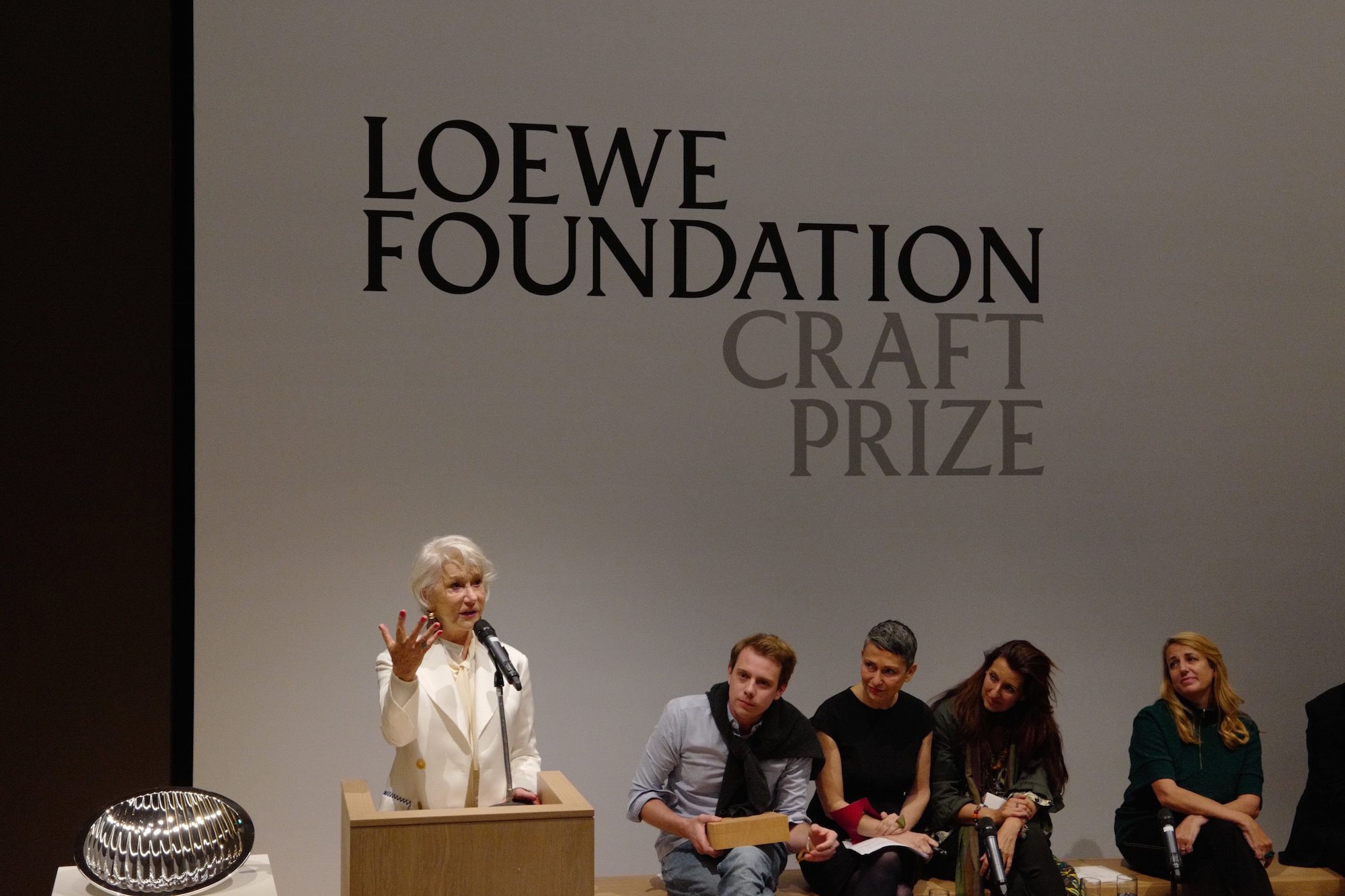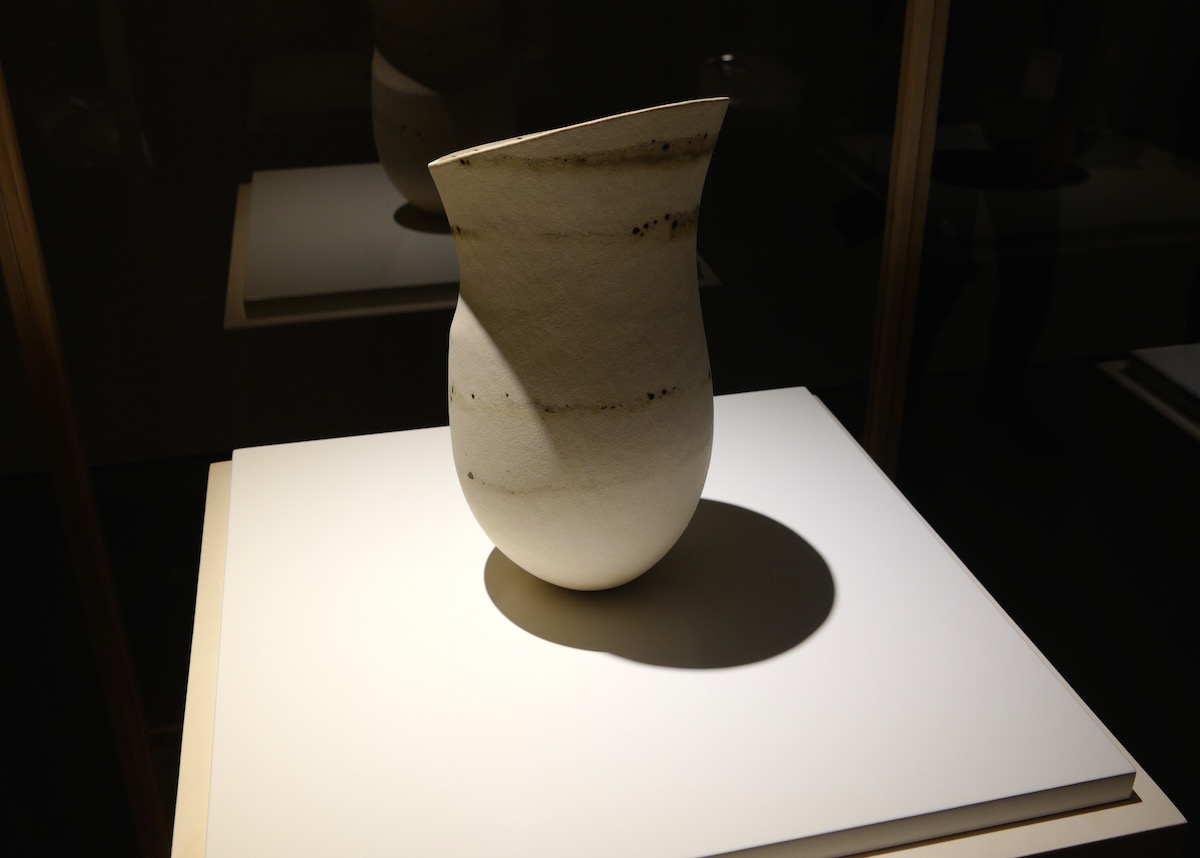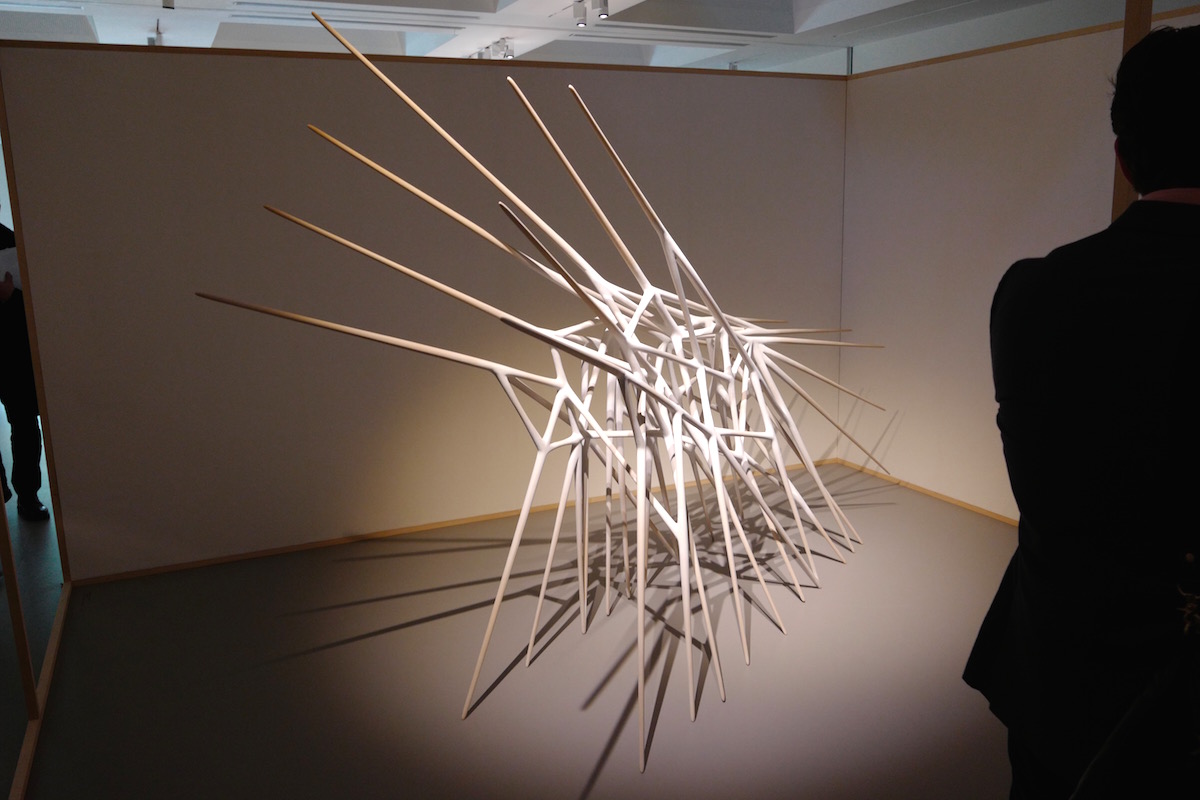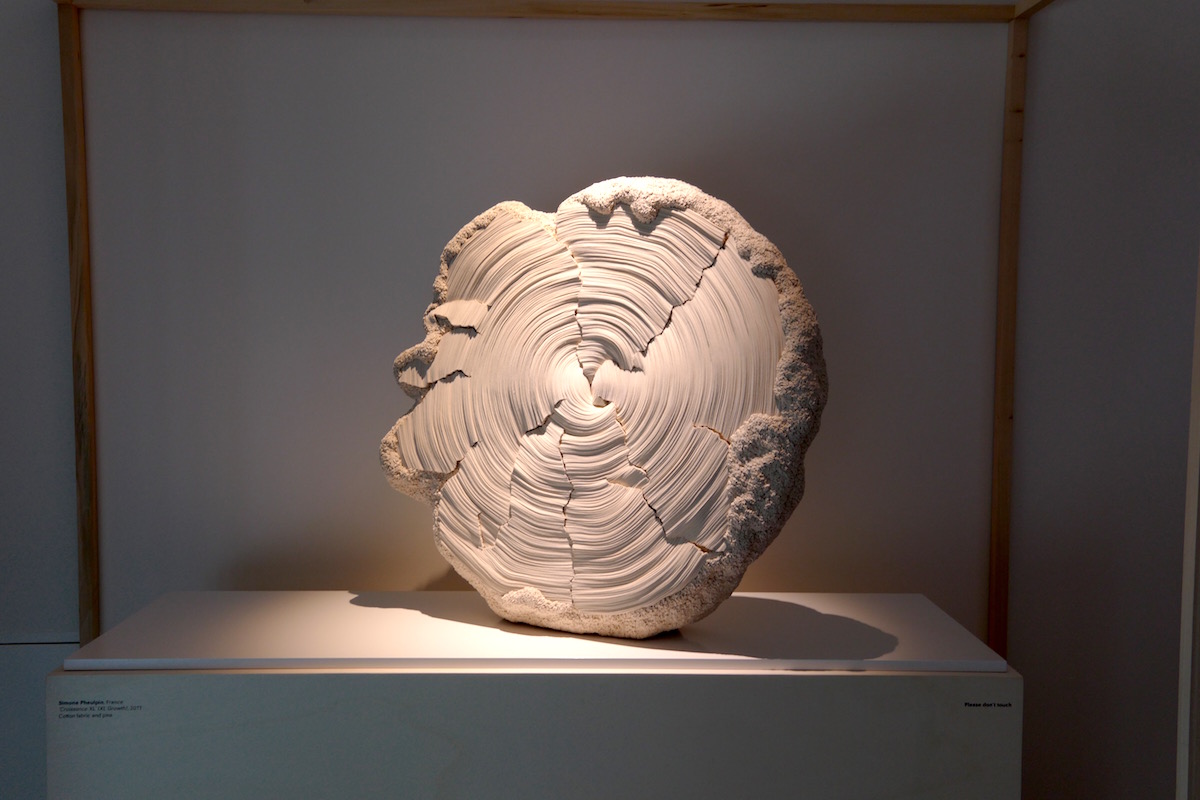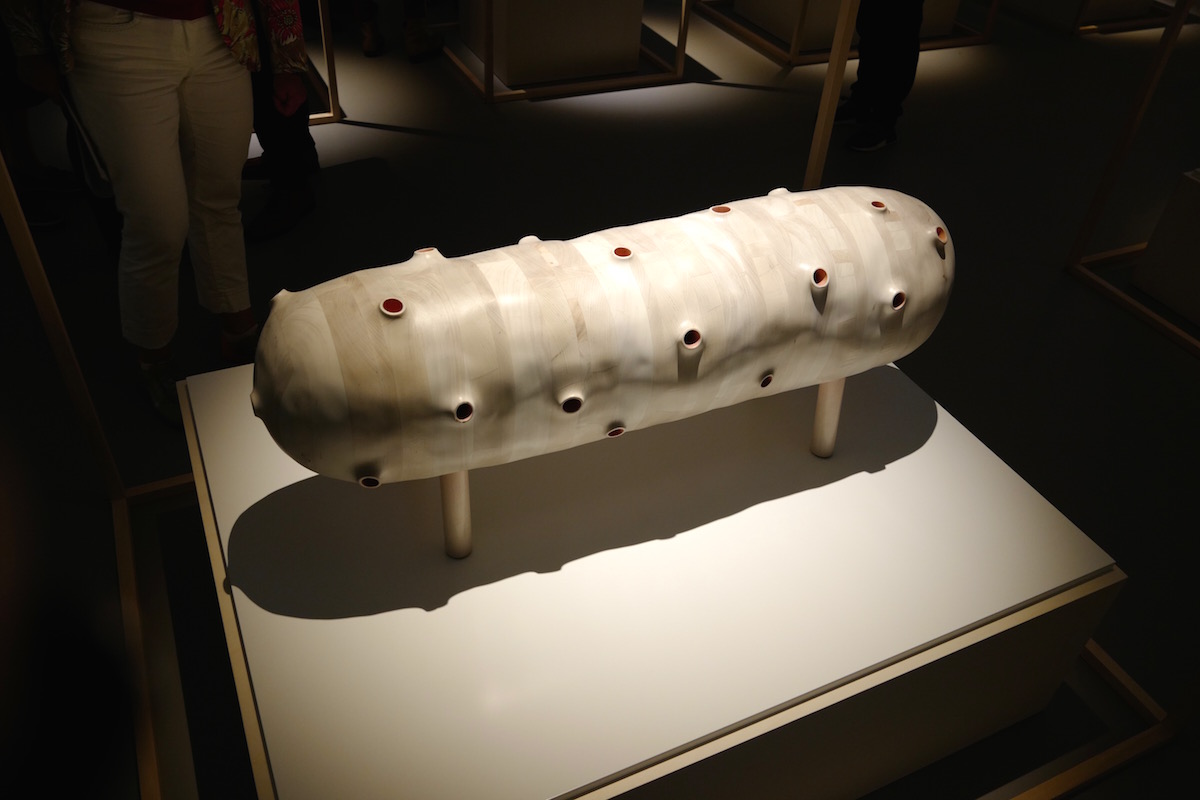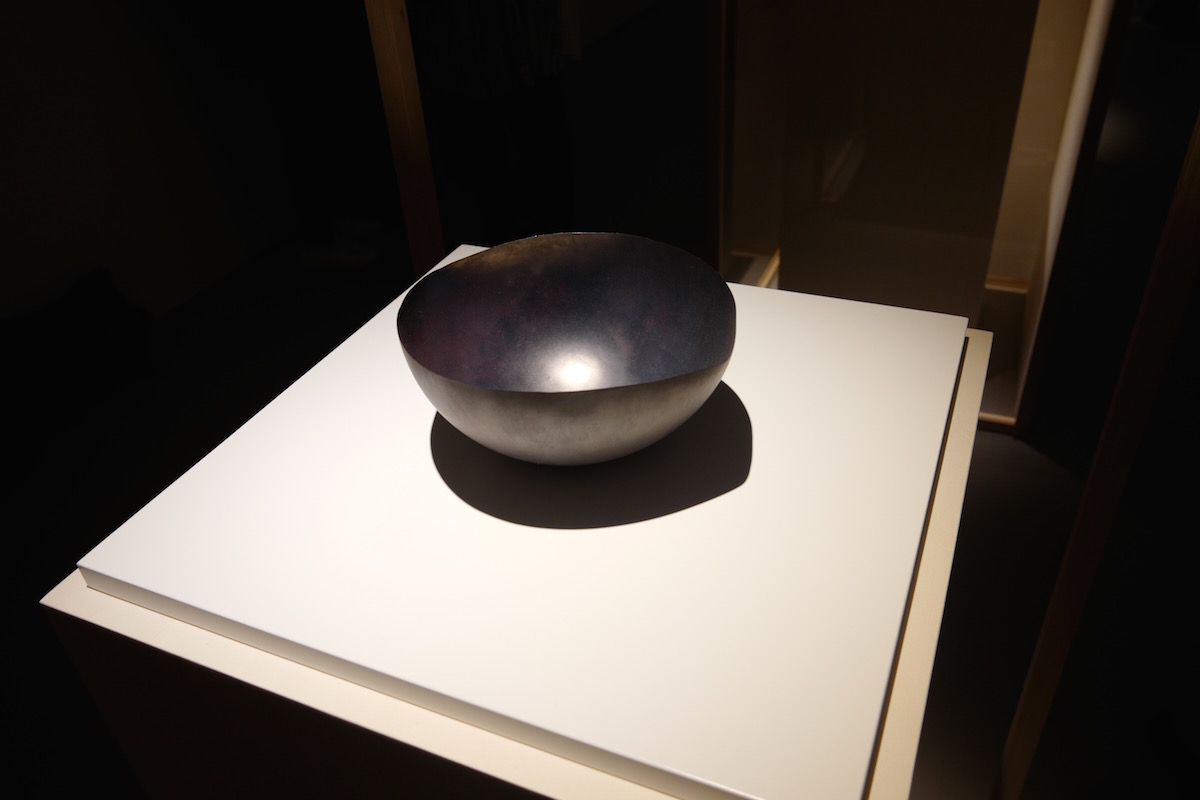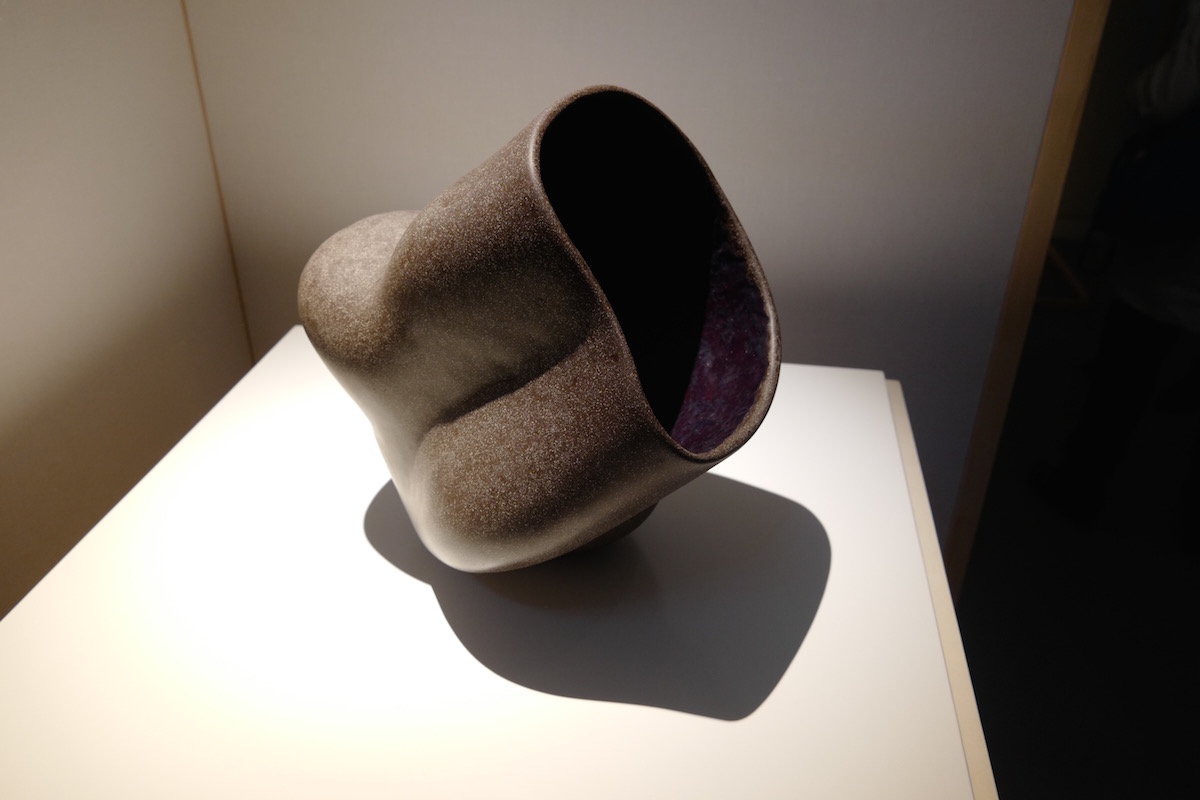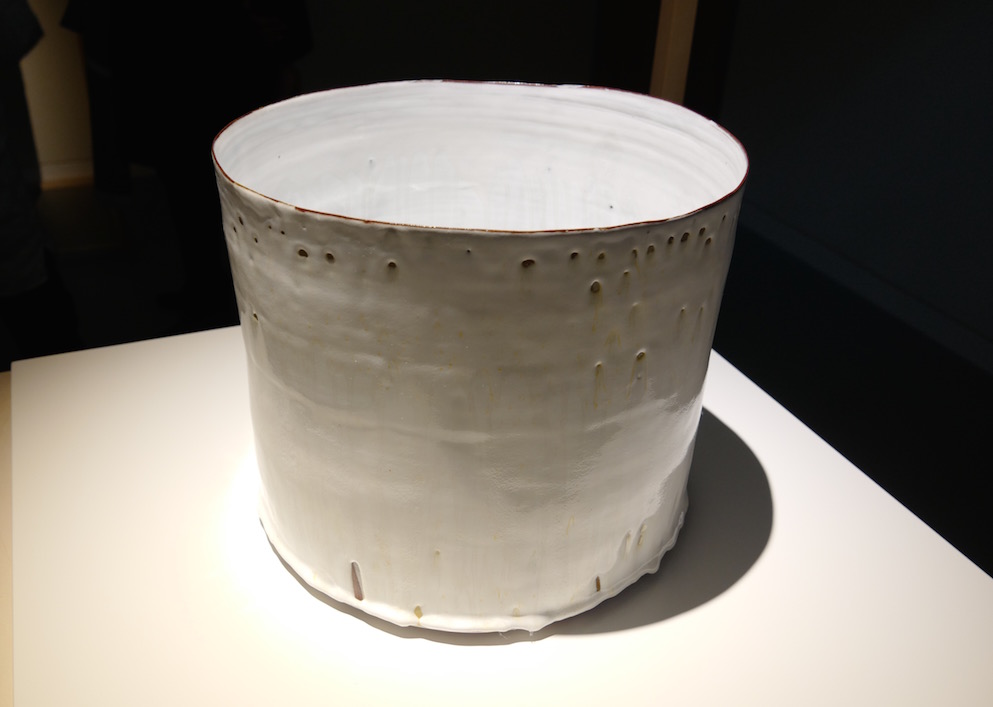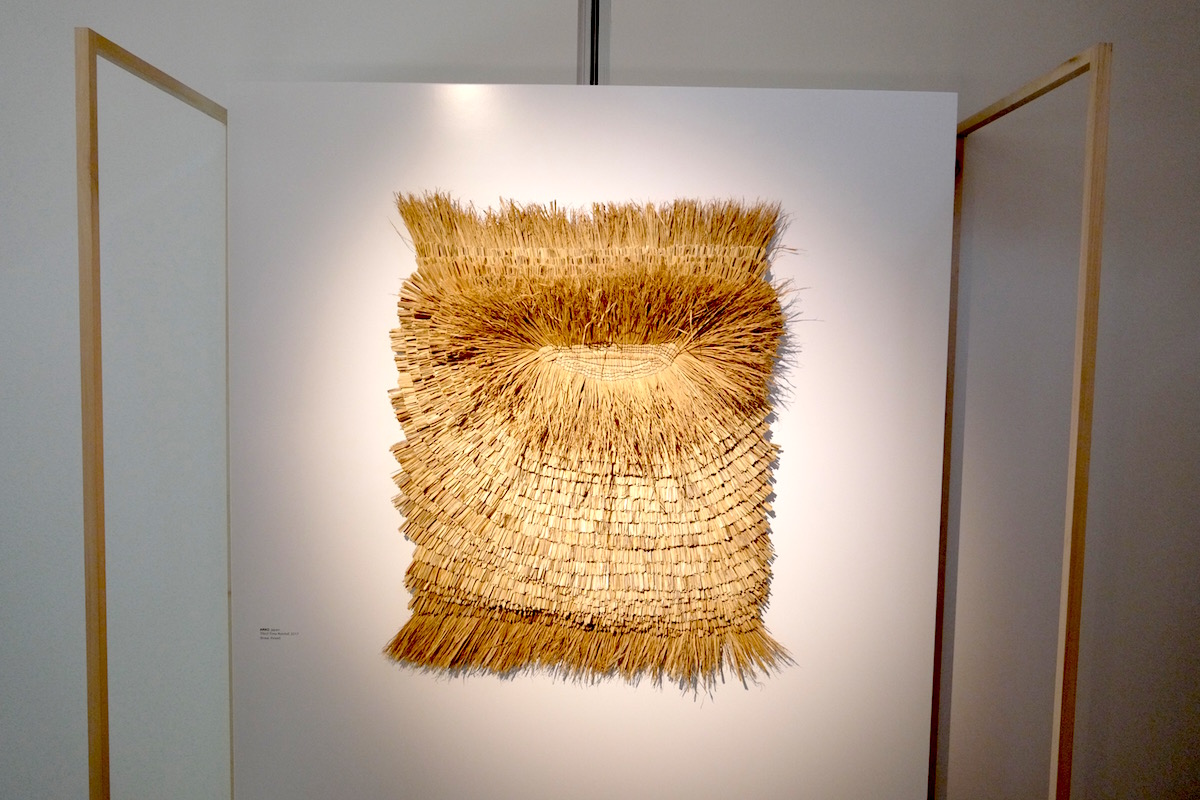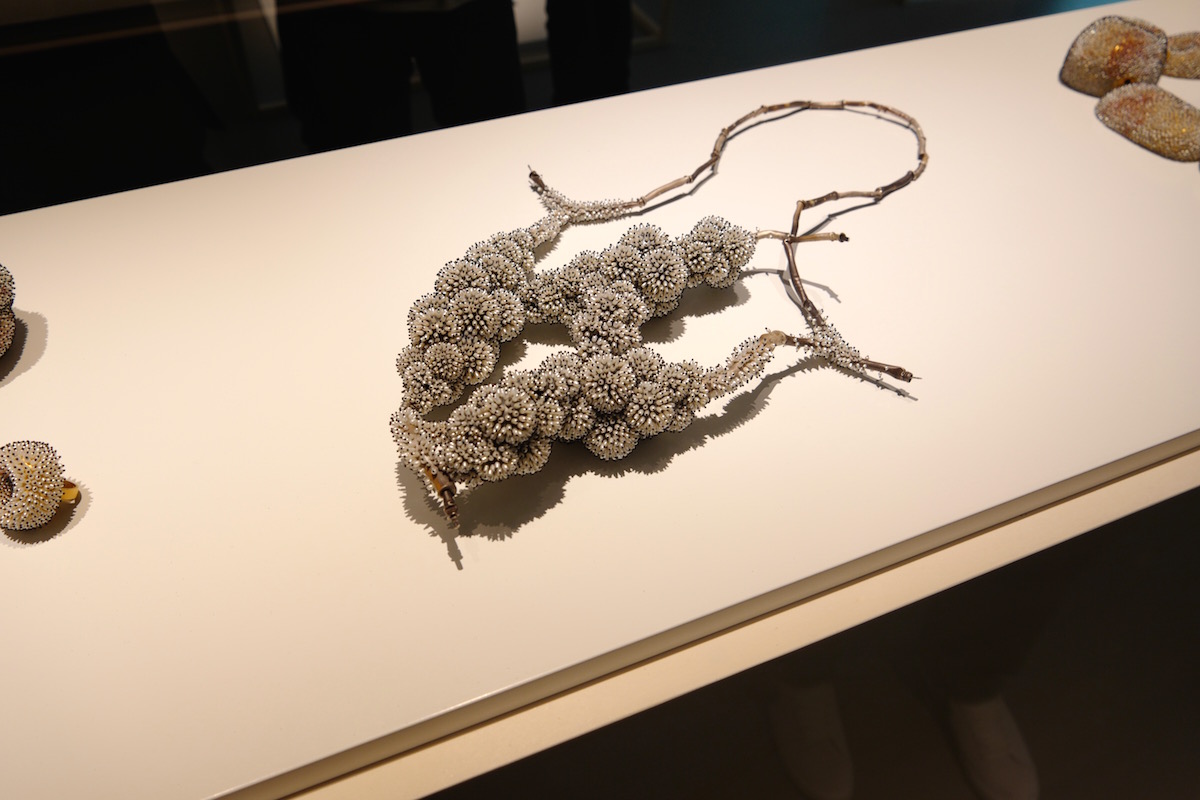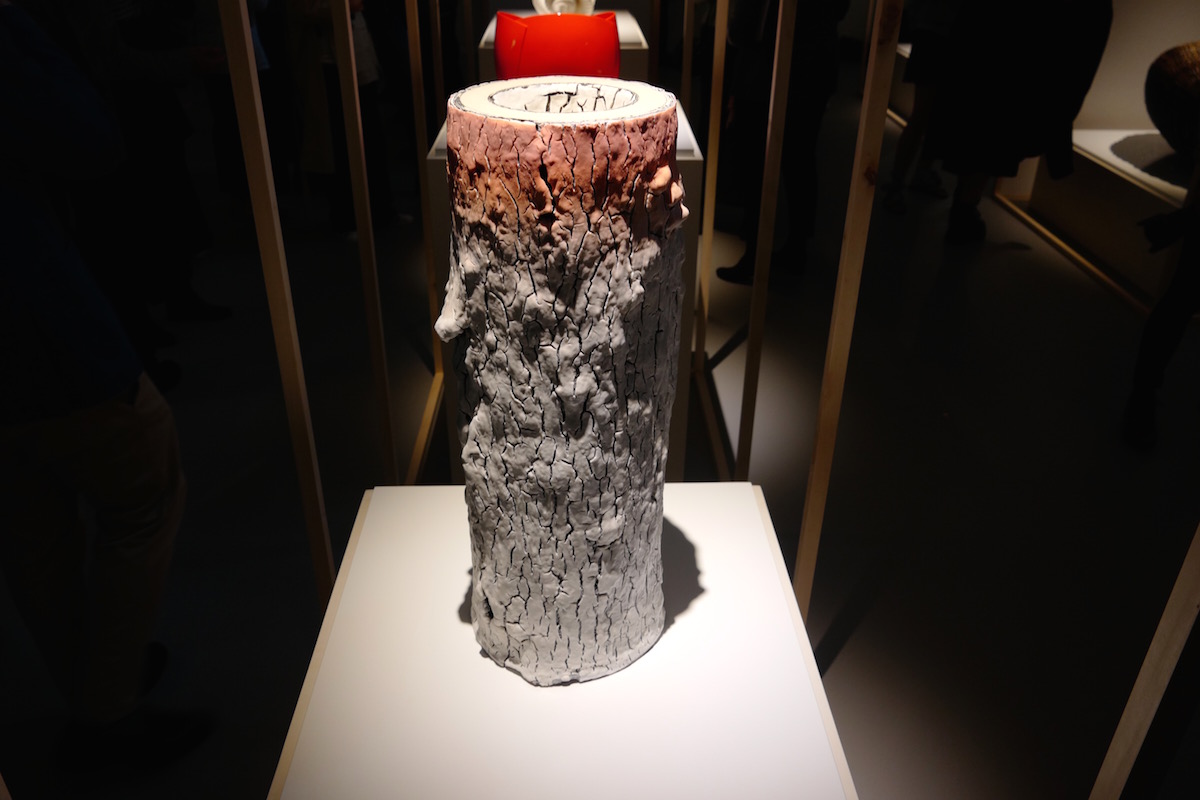Dame Helen Mirren has had a couple of crying episodes lately. In March, she made Stephen Colbert cry while he read poetry on his show. Then, earlier today, Mirren made herself cry. Because of craft.
During the award ceremony of the third annual Loewe Craft Prize, presented this year at the London Design Museum, Mirren—after a brief introduction by Loewe creative director Jonathan Anderson—wept during emotional remarks as she announced the 2018 winner, the Scottish ceramist Jennifer Lee. Mirren described seeing the prize’s exhibition on the museum’s top floor as an “incredible experience,” before joking, “I’m sorry to be emotional about it, but I’m an actress!” She continued, “It’s deeply and profoundly moving. It’s beautiful, of course. It’s exciting. It’s transformative. It’s inspiring.” There was a palpable sense in the room about the power of craft, and Mirren’s speech made it all the more palpable. The tears weren’t fake. Mirren really was in awe of what she described as the show’s “extraordinary manifestations of human abilities.”
Walking around the gallery this morning, I was in awe, too. For the foundation of an LVMH-owned fashion label to be so engaged in craft, with such integrity, is rather flabbergasting. Nothing fashion-related (other than the Loewe connection) is a part of this effort. Loewe, of course, isn’t the only luxury house with such a foundation or prize—Prada, Max Mara, and Louis Vuitton all have similar organizations—but none, in my mind, come close to having this kind of quality or focus. It wasn’t entirely surprising for me to learn that, 30 years ago, the Loewe Foundation launched an international poetry prize for unpublished work in Spanish. The Craft Prize, only a few years old, stems from this sensibility—the works on display are indeed built poetry. (The Loewe Foundation also supports dance, photography, and art projects.)
